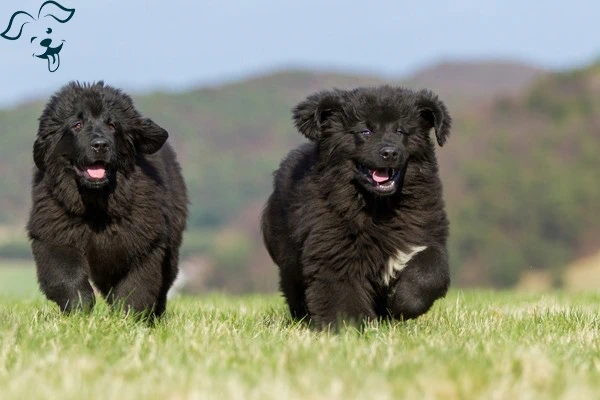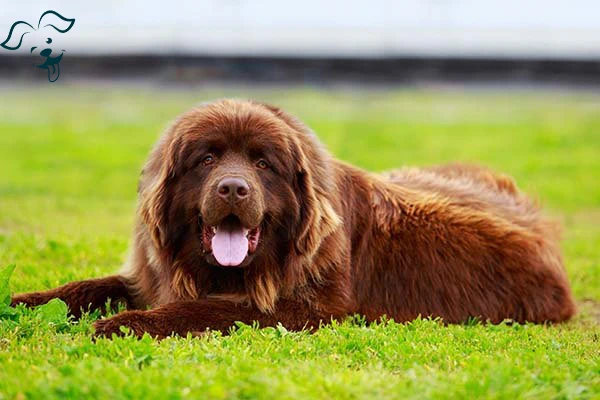Newfoundlands have long been integral to Canadian fishermen serving as exceptional working dogs on board ships with a specialization in remarkable water rescues. With their innate swimming abilities, partially webbed feet and immense strength, they are capable of saving individuals from drowning earning them legendary status as the aquatic equivalent of the famous Saint Bernard rescue dogs in the Alps. Additionally, Newfs had the responsibility of hauling fishing nets to shore and transporting the day's catch to market proving their usefulness in various tasks. Although their role as seafaring deckhands has diminished over time, the breed remains highly regarded as the premier water-rescue dog worldwide.
This beloved breed has a rich history filled with examples of their unwavering dedication to humankind. One notable account date back to 1802 when Lewis and Clark embarked on their momentous 8,000-mile journey across America, accompanied by a Newfoundland named Seaman. Seaman played crucial roles as a hunter and guard dog even saving lives by repelling a charging buffalo that posed a threat to the camp. Today, Seaman is commemorated in ten different monuments dedicated to Lewis and Clark throughout the country.
Another remarkable testament to the Newfoundland's significance can be found in England, where these dogs have always been highly cherished. Lord Byron, the renowned poet erected a monument at Newstead Abbey in honor of his beloved Newfoundland named Boatswain, which has become a popular tourist attraction. The monument's inscription, crafted by Byron himself, eloquently praises Boatswain for possessing beauty without vanity, strength without insolence, courage without ferocity, and all the virtues of humanity without its flaws. Byron held such profound regard for his Newfoundland that Boatswain's tomb is larger than his own at the abbey.
Further exemplifying their family-friendly reputation, a Newfoundland named Brumus played a role in Senator and Mrs. Robert F. Kennedy's household, diligently caring for their eleven children. These instances highlight the profound impact Newfoundlands have made throughout history and their enduring legacy as one of the world's most beloved breeds.






























FRIENDLINESS
LIVELINESS
VIGILANCE INTENSITY
ADAPTATION CAPACITY